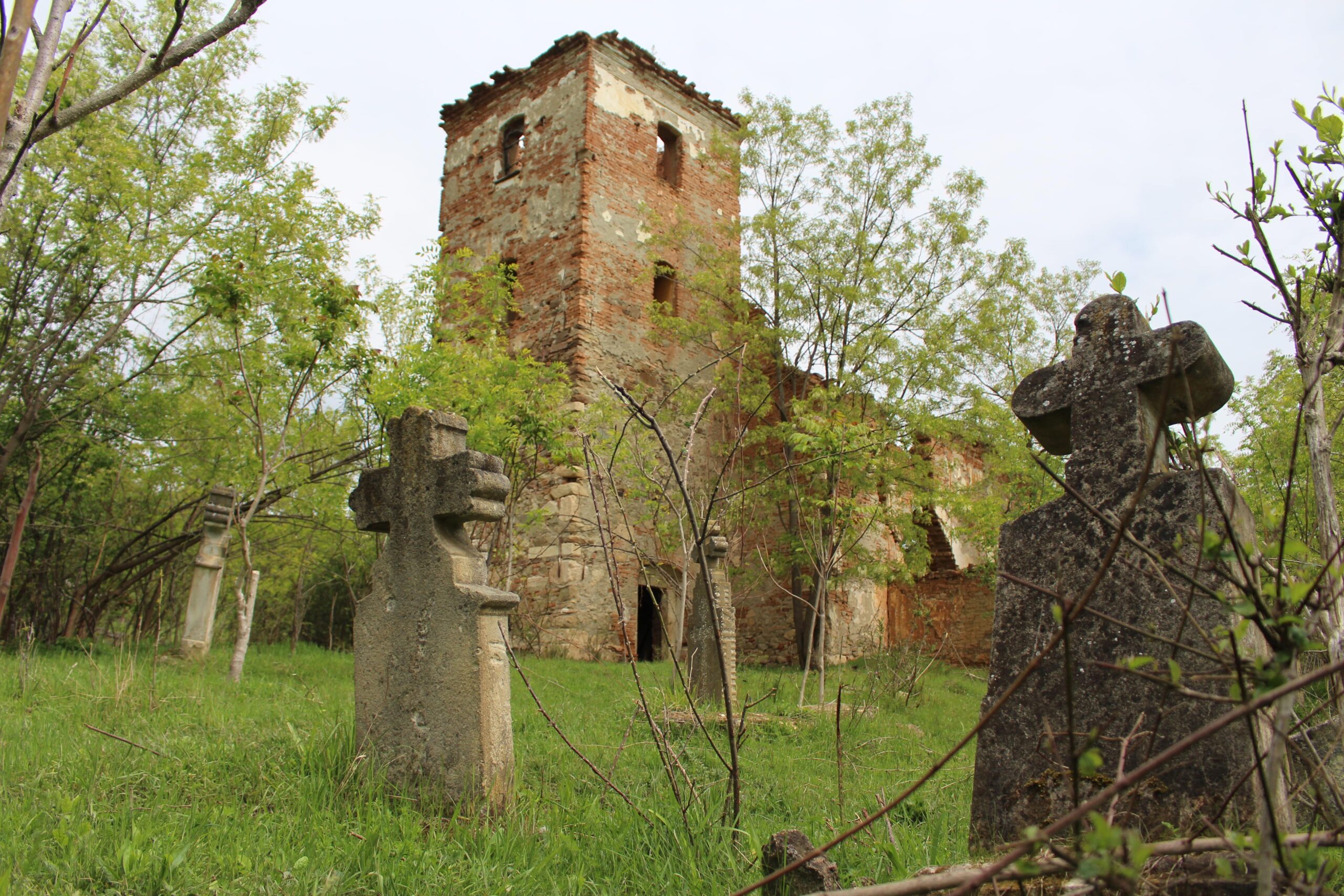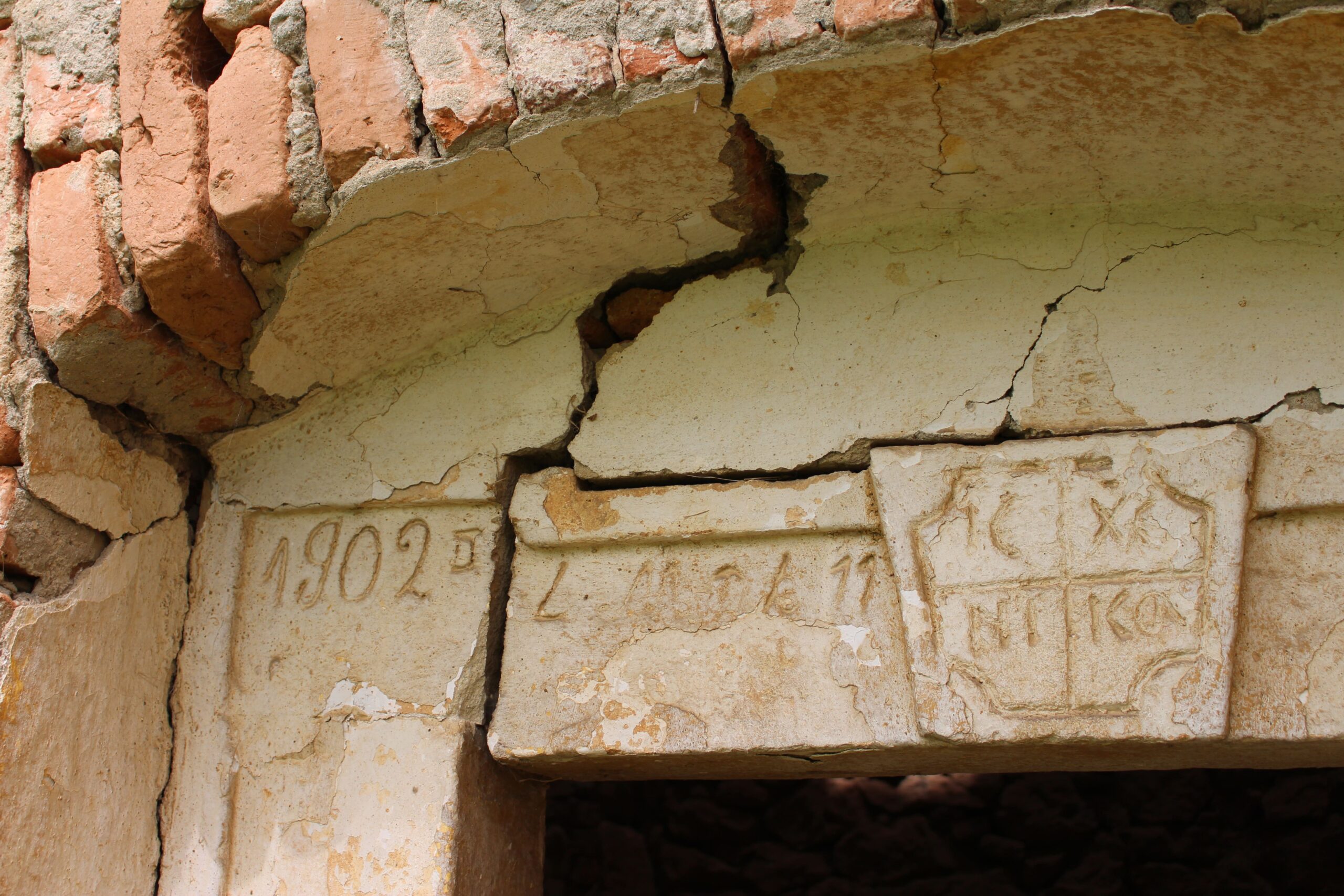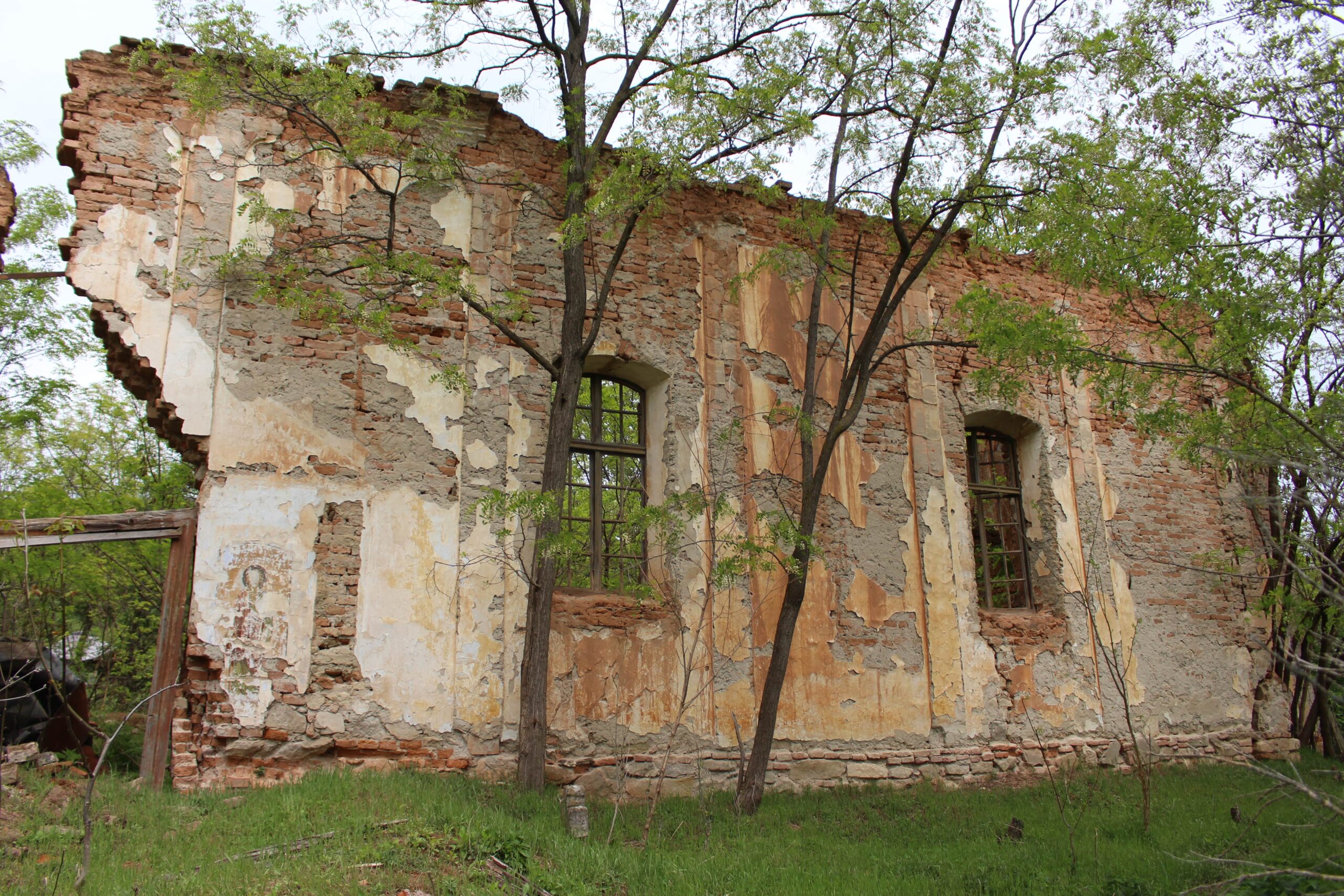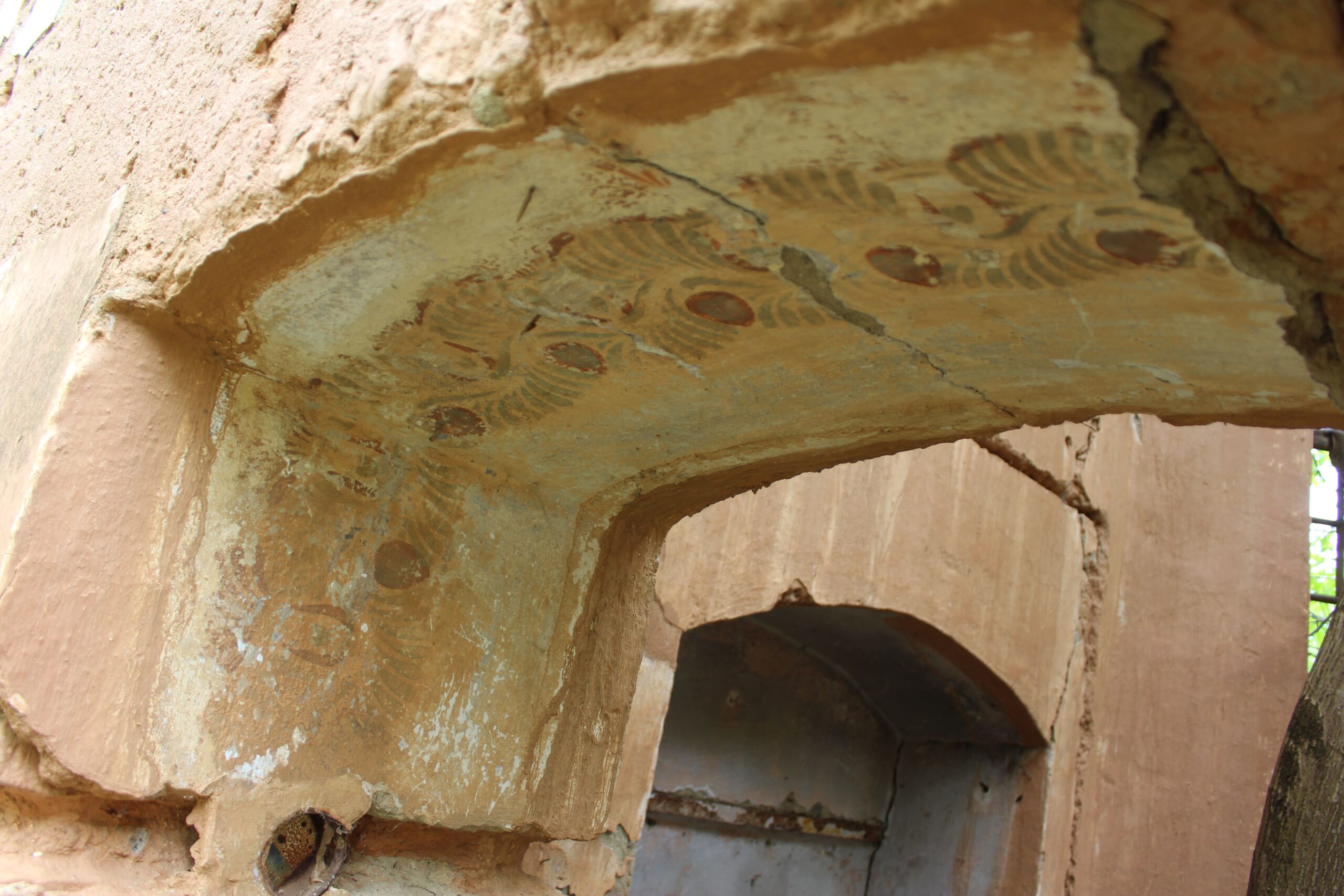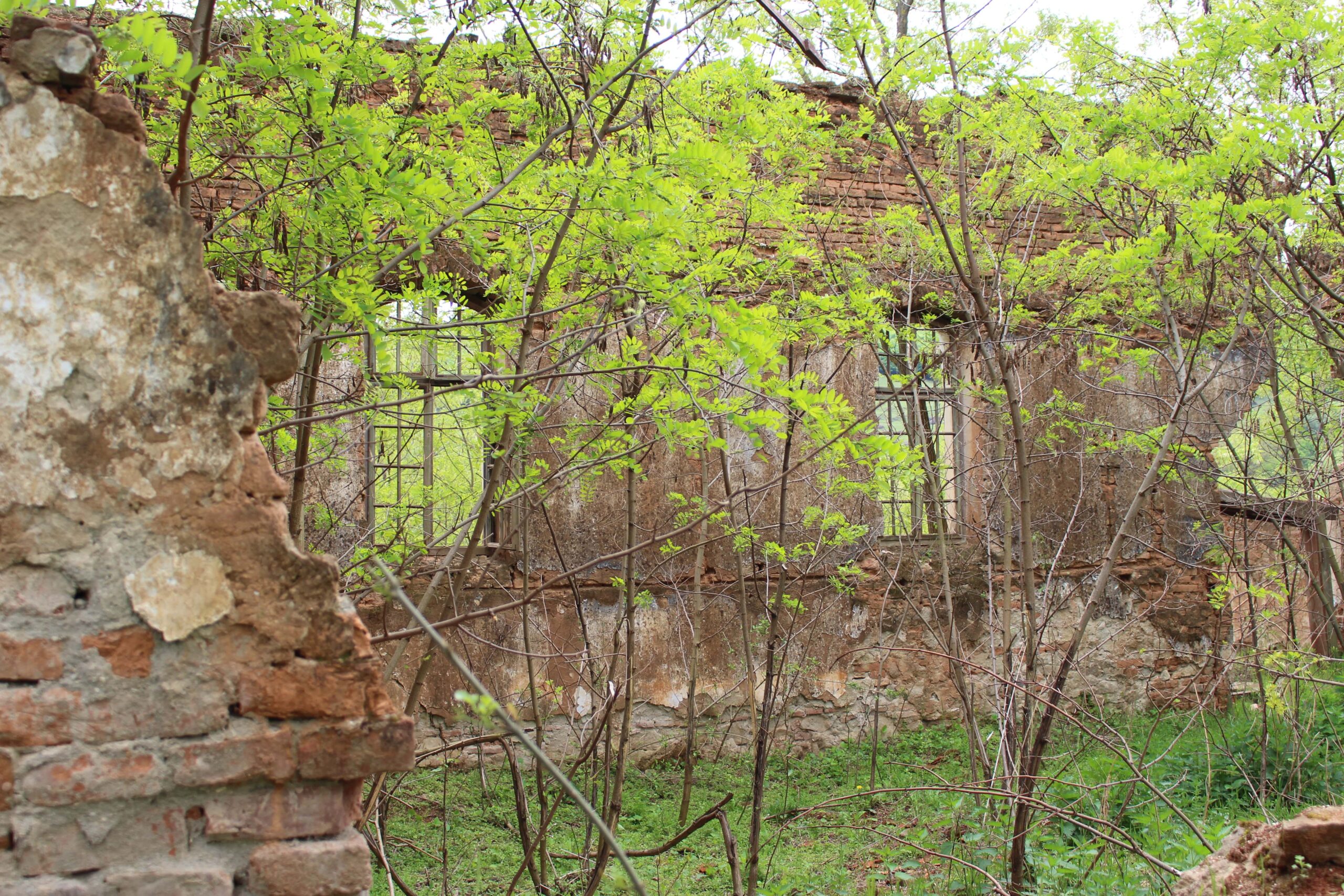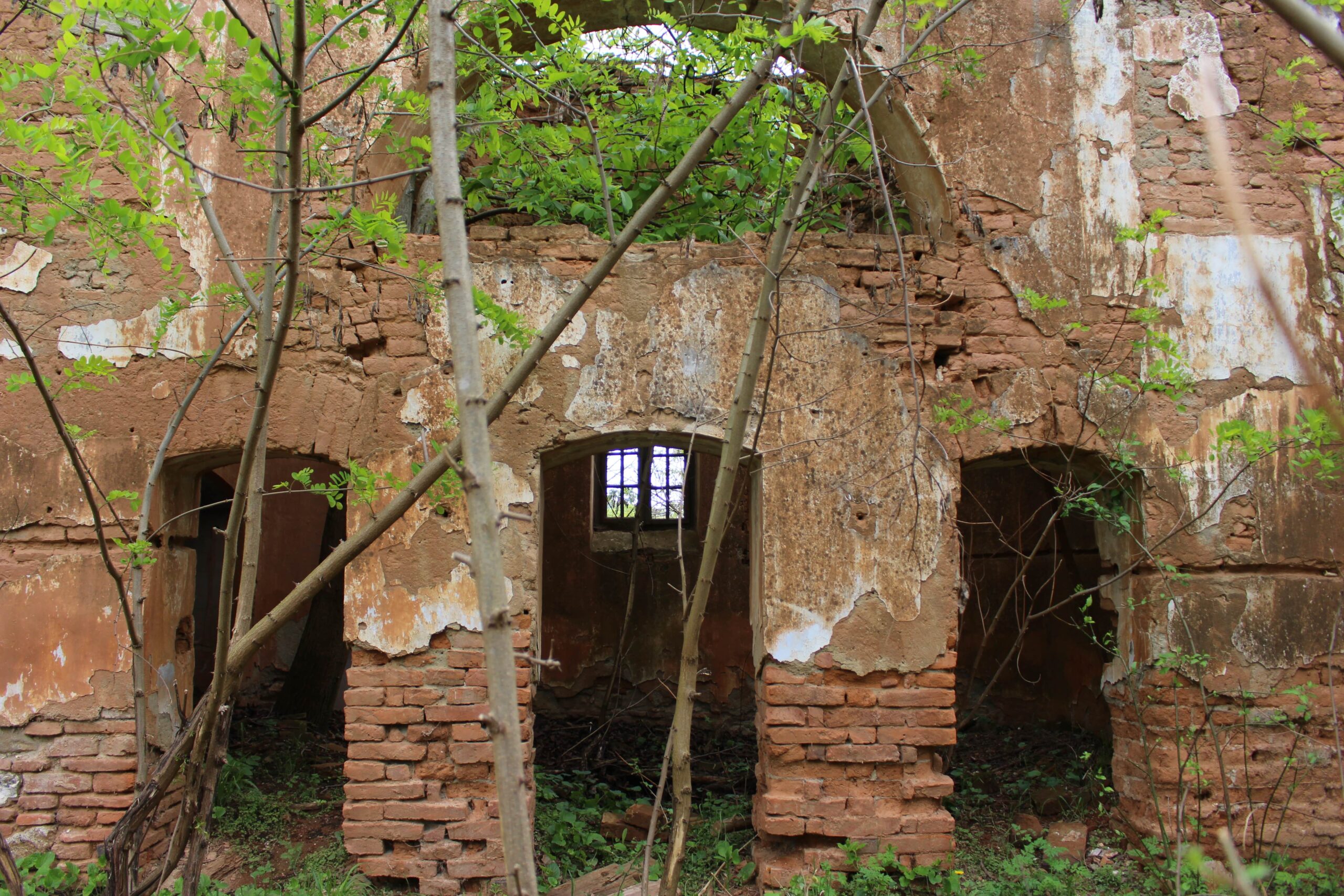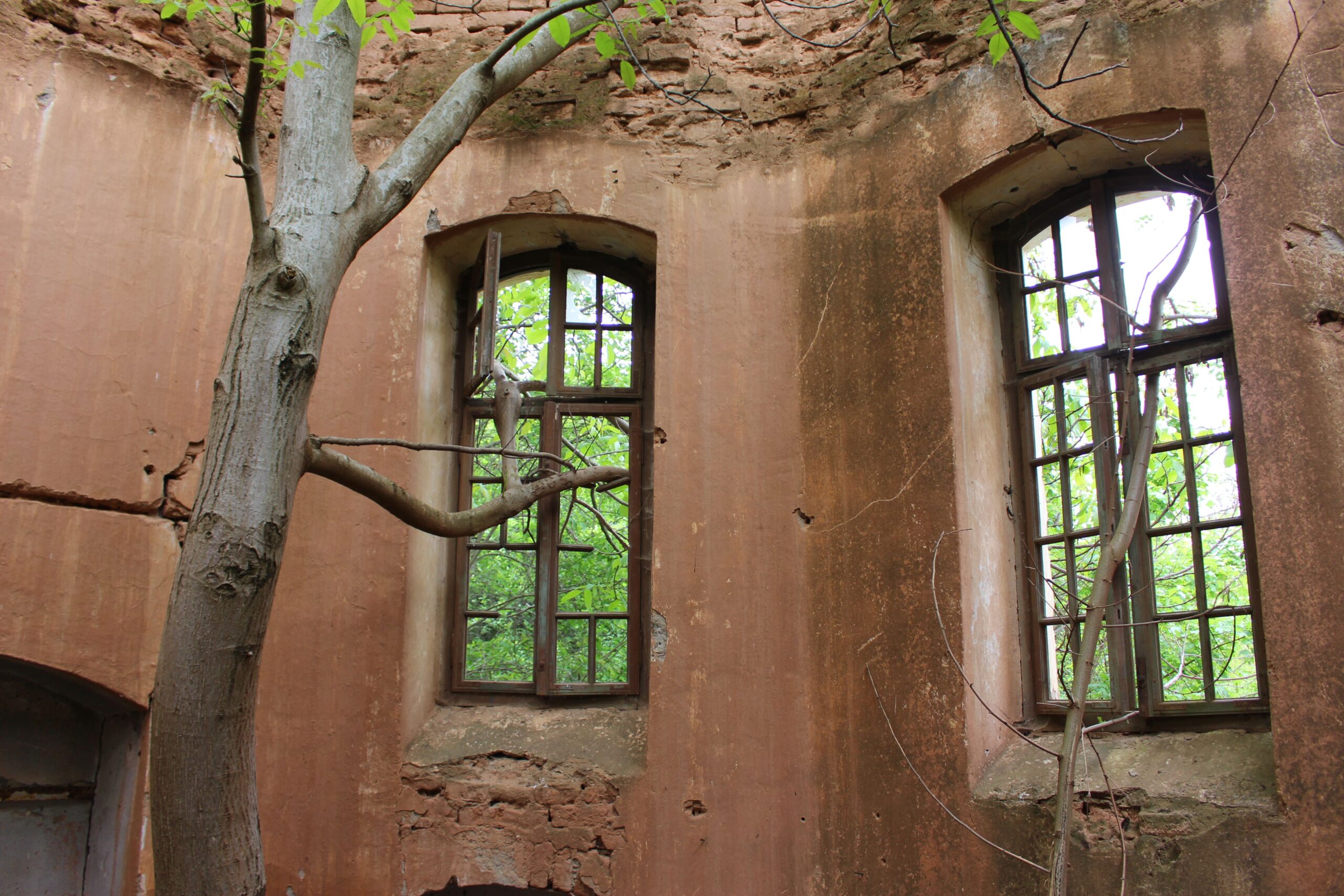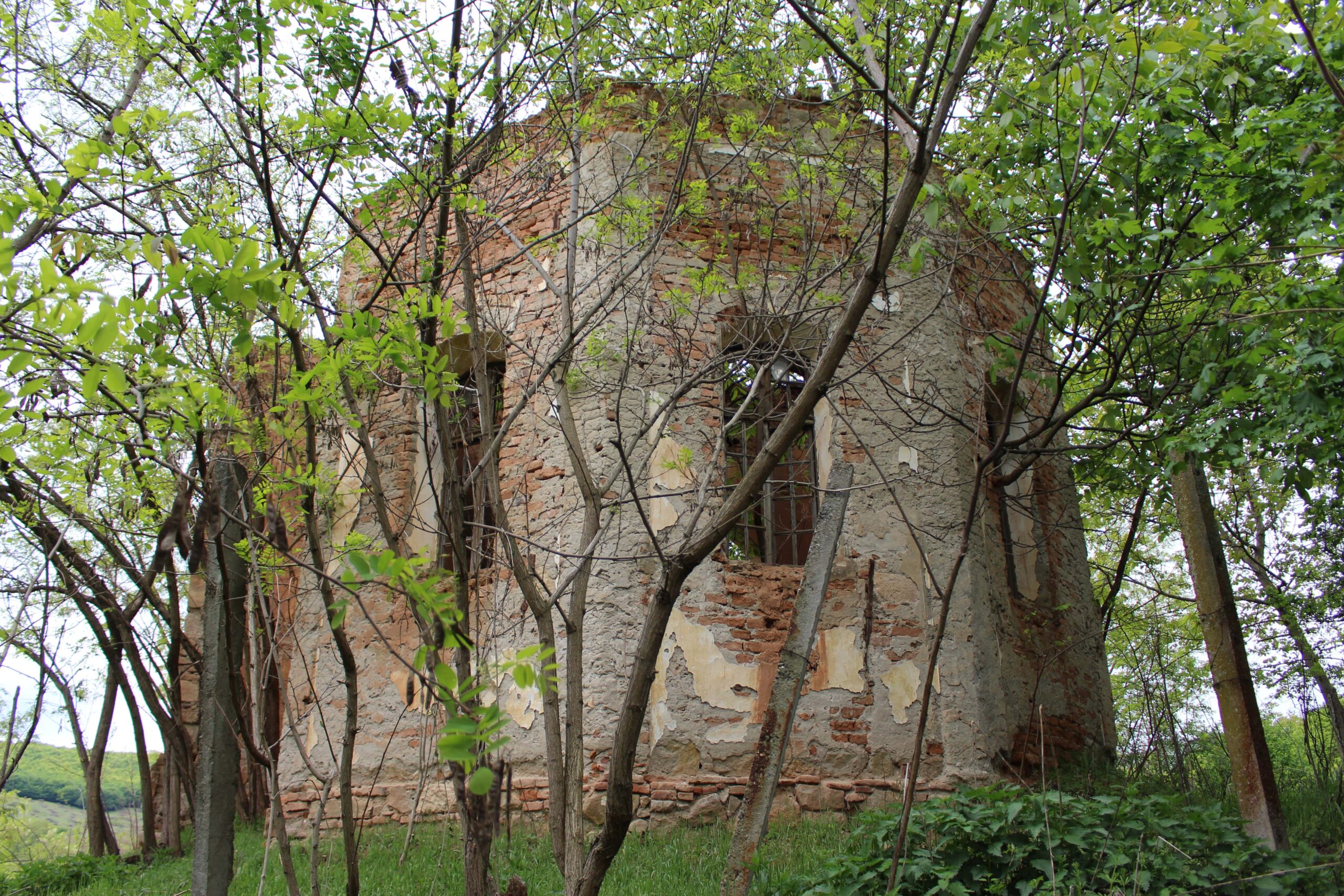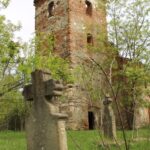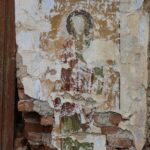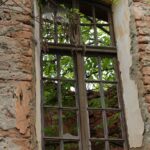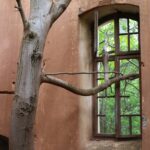Craiva Veche (Királypataka, Königsbach) – Alba County
Located just about 15 km from the city of Alba Iulia, the commune of Cricău seems like a portal leading to another dimension, one that is mysterious, long gone, and difficult to access. The road from the center of Craiva to the peak of Piatra Craivii, imposing from a great distance, passes through a forgotten abandoned village of Craiva Veche. Its history has been lost in the mists of time.
Craiva Veche, the village whose history is lost in the mists of time
The asphalt abruptly ends at the last house in Craiva, a village that is part of the famous wine-growing region named „Wine Country” by the Saxon settlers. From here, a sometimes gravelled dirt road starts towards the rock visible from afar, Piatra Craivii. On its peak lie the pale remains of the Apoulon Fortress, built during the time of the Dacian king Robobostes, complemented today by the traces of a medieval royal fortress ― Castrum Kechkes (Kecskés). However, before reaching the peak of the former Apuli community’s stronghold, the road takes us through the ruins of the former village of Craiva Veche, located less than 5 km from Piatra Craivii.
With extremely few historical data available, the story of Craiva Veche is physically preserved in just a few steps leading nowhere, stone fences overgrown with vegetation, a few empty gate posts, silted wells, and collapsed cellars. Only a few walls of the old church remain standing, and its tower. From the former altar, branches of walnut trees escape through the wooden window, while their crowns rise towards the sky through the collapsed vault. The construction year of the church is unclear; it is certain that above the entrance to the tower the inscription „1902” can be seen, while in the walls a few blocks of Dacian limestone ― „murus dacicus” ― are embedded.
Craiva Veche, „revived” by a guardian of Dacian traditions
Life in the old Craiva Veche village abruptly stopped in the 1970s-1980s when, following a devastating landslide, the locals had to move to the current village of Craiva. Only the houses, which gradually fell into disrepair, were left behind, besides the old gravestones in the cemetery near the ruined church.
However, the village is not completely deserted today. Besides the noise of the shepherds as they drive their flocks of sheep through the area, the solemn silence is broken only by the hammering on the anvil of blacksmith Emanuel Bezeriţă, alias „Komakiza”, the only resident of Craiva Veche. Having moved to the village a few years ago, the man known by the name of a Dacian soldier and mercenary in Egypt built a small house and a blacksmith’s workshop next to the ruins of the church, where he forges unique ancient weapons, preserving the Dacian tradition.
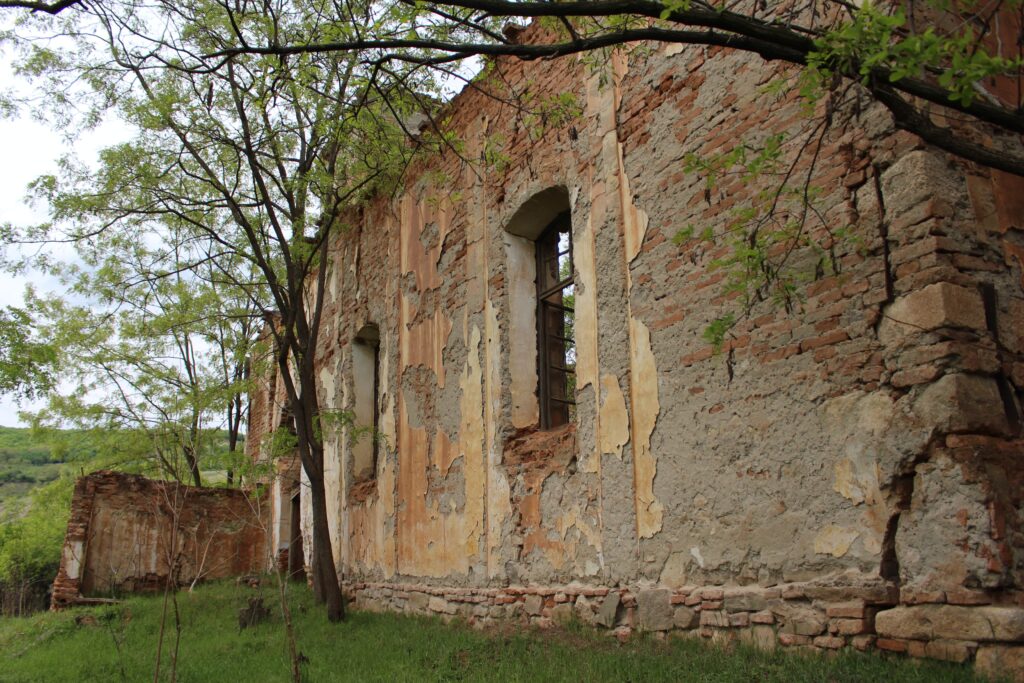
The future of Craiva Veche village, abandoned and forgotten, is now in the hands of a single man. In 2016, Komakiza planned to establish a mini archaeological park in the future, with carpentry, blacksmithing, and pottery workshops. Until his dream materializes, for the few travelers who dare to venture into the area (beware of the shepherd dogs!), Komakiza is their guide.

